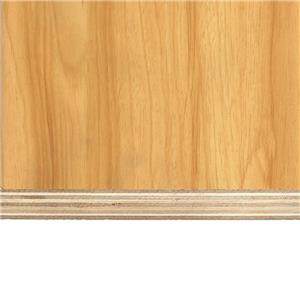North American lumber prices stabilized to new normal levels
Keta Kosman, analyst and owner of Madison Lumber Reporter, predicts that extreme volatility in the lumber market in 2021 and 2022 appears to be a thing of the past, with prices set to be more stable and normal this year.
According to Kosman, the western spruce-pine-fir (SPF) price rose this week to $446 per thousand board feet.
This should be a good thing for BC. Sawmill. Over the past year, some BC sawmills have either temporarily reduced production or permanently closed, in large part due to high operating costs and reduced supplies of affordable lumber.
Cosman predicts: "Those plants that have slowed, been cut, and rotated through cuts will resume production." "I think we've seen a lot of these cuts, especially in the last year, and now that's going to be much less."
Due to a lot of alterations and renovations, lumber prices rose during the pandemic and then the new housing market picked up. It did so at a time when supply was facing challenges, including a dwindling supply of fiber in British Columbia. and rising operating costs.
Western Spruce-Pine-Fir (SPF) lumber prices hit an all-time high of $1,600 per thousand board feet in 2021 and approached a record of $1,410 per thousand board feet in 2022.
Cosman noted that the wood produced by the B.C. sawmills may have received very high prices, but they may not actually produce as much wood.
"There's not a lot of sales," Cosman said. "For businesses, they'd rather sell 40 cars for $800 than $1,600 for 4 cars."
She also noted that last year, when timber prices were adjusted, they were very abrupt and drastic.
"The pullback is quite large," Cosman said. "When it does correct, it corrects below where it was."
Rate hikes aimed at curbing inflation have indeed lowered house prices. But new housing starts are on the rise, indicating a basic demand for new homes, driven by millennials.
According to U.S. housing starts data for May, total housing starts are up 22% from April and 6% from May 2022.
"Demand is supported across North America, especially in the U.S., as millennials enter the largest group of first-time buyers — a large number of people are about to turn 35," Cosman said. "So there's real demand momentum."
While other external factors, such as wildfires or labour disputes, such as the ongoing strike in B.C., the Port – will have an impact on the timber market, in general, timber demand and prices appear to have returned to normal.
Kossman said: "We are looking at what can be said to be the new normal level. ”




